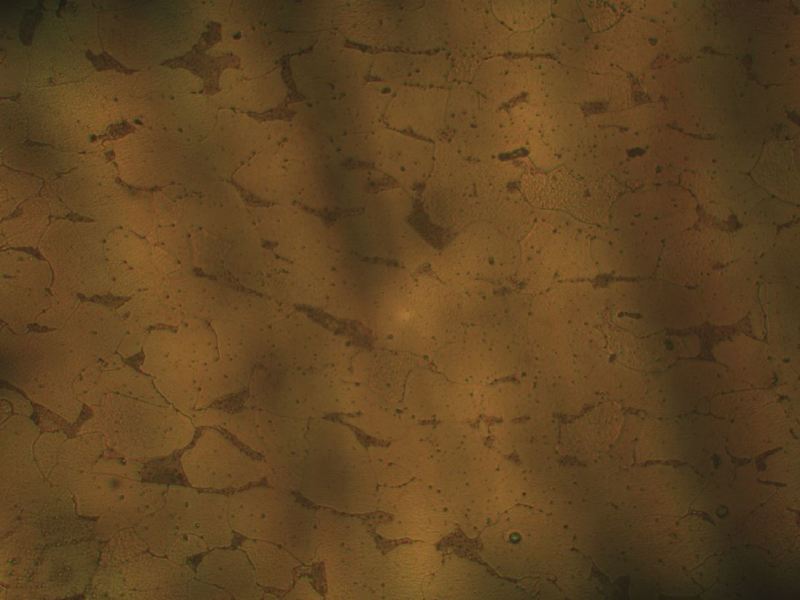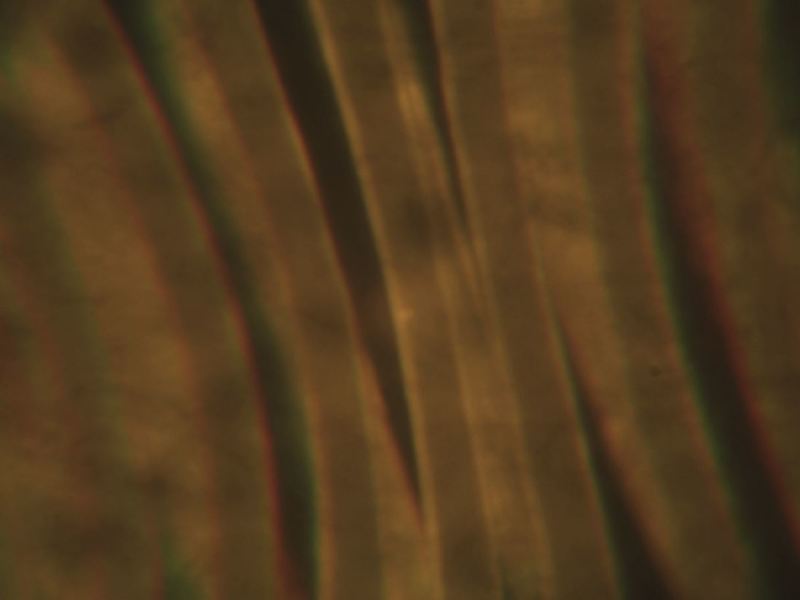Kennethhp
Mechanical
- Apr 20, 2016
- 18
Hello !
This is not about materials, but hopefully some of you have seen this before when looking into microscopes.
Here where I am an intern we have an old Carl Zeiss Jena microscope that im using regularly.
Out of nowhere, yesterday, some dark shades appeared over the screen. I have tried to localize where they come from and from what makes sense its from the glass where the view is split into the ocular and the camera and to right before the magnification lenses.
I have tried to lighty dust of any possible glass/filters from the bulb to the magnification lenses but they still apear and it is like they form a "filter" over all images and magnifications.
I have attached 1 photo where you can see the dark shades, and a seconond one where i tried to focus on the shades. To me it looks like cracks.


Anyone who can come with an input about this ?
This is not about materials, but hopefully some of you have seen this before when looking into microscopes.
Here where I am an intern we have an old Carl Zeiss Jena microscope that im using regularly.
Out of nowhere, yesterday, some dark shades appeared over the screen. I have tried to localize where they come from and from what makes sense its from the glass where the view is split into the ocular and the camera and to right before the magnification lenses.
I have tried to lighty dust of any possible glass/filters from the bulb to the magnification lenses but they still apear and it is like they form a "filter" over all images and magnifications.
I have attached 1 photo where you can see the dark shades, and a seconond one where i tried to focus on the shades. To me it looks like cracks.


Anyone who can come with an input about this ?
